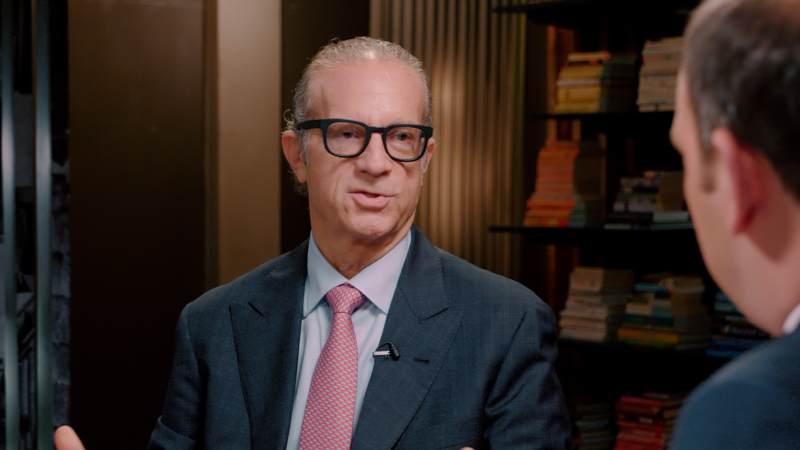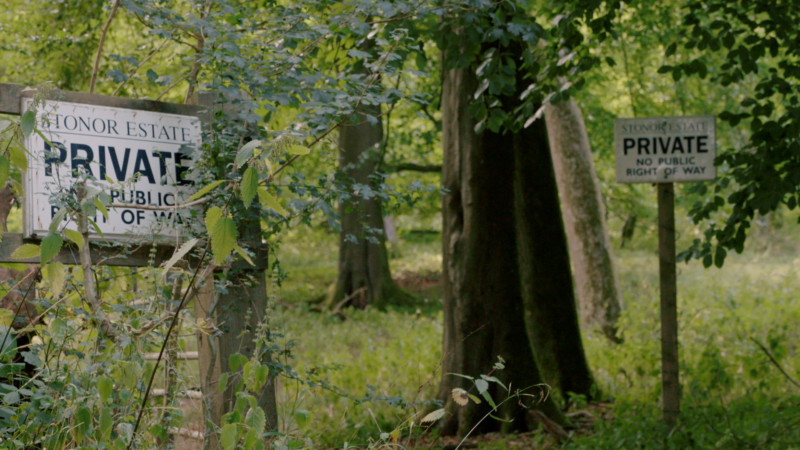Death by 1,000 cuts was the name given to the ancient Chinese method of torture and execution.
It survives today as the role model for central bankers whose insidious cuts – in interest rates – are relentlessly destroying the life-blood of savings throughout the world.
Collateral damage caused by this folly impacts on the livelihoods of many thousands of pensioners whose funds are being decimated at the altar of that chimerical Keynesian idol: demand stimulation – whose ineffectiveness as an economic tool is now beyond question. It is the very quintessence of a remedy whose side effects are infinitely worse than the disease it seeks to cure.
If lack of economic growth is indeed a disease, its causes, and hence its remedy, lie elsewhere.
We could instead consider the impact on economic activity of barriers to trade; excessive bureaucratic interference and over-regulation in every sphere; iniquitous levels of taxation, indiscriminately imposed; labour laws that render employment costs prohibitive; and the uncertainty that now afflicts any attempt at rational decision-making at all levels of business and industry.
The helm is manned by fools, and the economic vessel is drifting, rudderless.
A little clear thought puts a spotlight on the charade now masquerading as policy. Policy-making should begin by recognising the impossibility of subverting human nature. This is why externally imposed interest rate manipulation, as a policy, has no prospect of succeeding. Interest rates cannot be imposed by any external agency – they manifest naturally at the point of intersection between respective “time preferences” of parties to a transaction, and that, by its nature, is always subjectively determined. Time preference is the choice between instant and delayed gratification, or, “how much more am I prepared to pay in order to have the goods sooner?”
Any attempt to impose time preferences unnaturally risks destroying the transaction itself, and stagnation results. As my esteemed friend Pat Barron put it, “someone with a higher time preference (but lacking resources) may be willing to pay a higher price in future for access to the goods today. The extra amount he is willing to pay to have the goods now is the interest charge.” It is thus the natural law of human interaction that determines the interest charge – not a central bank.
This principle applies equally to transactions with our own building society or bank. We all seek at least some interest on the deposits we make, and we know that the rates of return vary widely among deposit-holders, depending upon how badly they want to get their hands on our money.
Since they always want our money, we see the absurdity of the latest game played by desperate central bankers – it’s called “negative interest rates”. As we have seen, differential time-preferences are the true measure of interest rates, and therefore there can be no such thing as a negative interest rate in the real world, since only a madman would willingly give up control of what he possesses now in order to accept less at some future time. Consequently the expression “negative interest rate” is a misnomer for what is really a “deposit charge” – paying the bank to “look after” any money you deposit with it.
The forlorn hope, still nurtured by mainstream economists, politicians and central bankers is that people would prefer to spend their wealth rather than accept punishment for leaving it in the bank – and in this way they would do their bit to re-inflate a sluggish economy. But the evidence, over and over, tells the opposite story: rather than permit deposit-takers to rob us of our wealth it is preferable to hoard it. Or use it on a safer option, such as buying gold, as evidenced by its recent price-rises.
Only a madman would willingly give up control of what he possesses now in order to accept less at some future time.
Those partners-in-crime, the central bank and treasury, continue to flog the other dead horse, otherwise known as quantitative easing, the favoured euphemism for the practice of churning out counterfeit government bonds that are then monetised and fed into the financial system. Yet this ploy fails every time and never energises the growth that governments crave. How could it? Who, even if able to access the freshly generated fiat money, would invest it, even at an initial zero-interest cost, in, say, a long-term infrastructure project without being able to factor in such risks as a future rise in interest charges, adverse tax changes, obstructive local authority regulations or any of the myriad bureaucratic obstacles that pile on the costs and threaten viability?
No. In the face of such imponderables the fiat money remains where it began – in the hands of the first receivers of the printing press’s largesse, where it fuels markets in property and the variegated luxury-baubles you can see advertised in every issue of the glitzy magazines that come with the Sunday papers. Hence the deepening gulf between the moneyed habitués of insulated City institutions and the population at large.
Such limited residual funding that finds its way into commercial use is in stark evidence on every suburban High Street. Apart from local branches of all the banks that survived the last crisis (by courtesy only of taxpayers’ money), what else do you see? Poundland shops, Oxfam and hospice charity shops; mini-cab call centres; clothing outlets with racks of cut-price clobber on the pavement; purveyors of mobile phones and electronic devices; cheaply appointed coffee-and-cake counters; small traders in any rapid turnover enterprise, from cheap jewellery to stationery to purveyors of auto-parts; and myriad food and vegetable mini-markets.
The short-term horizons of these opportunistic enterprises, all clinging to the margins of viability, betray the dearth of investment capital needed for more sustainable ventures. No business is risk-free, but an economic environment in which new businesses are most likely to succeed and flourish requires the reinstatement of essential economic freedoms – and the dismantling of all the debilitating barriers to commerce imposed by quasi-governmental agencies that are set up with the best of intentions, but finish up being more of a hindrance than a help.
And never overlook the imperative ideals of sound money and free trade. These will come as the natural replacement for fake money and tariff barriers when governments are confronted, as they soon will be, by the inescapable endgame. Only then will price volatility in the market place be replaced with a firmer floor for decision-making at every level of trade.

With workers pushed to breaking point, is it now time to call time on predatory business models?

Both COVID-19 and the climate crisis are being used as camouflage for central bankers to throw more printed money into a broken system.

With proper access to land denied to the vast majority, is it now time to reclassify trespass as a revolutionary act?